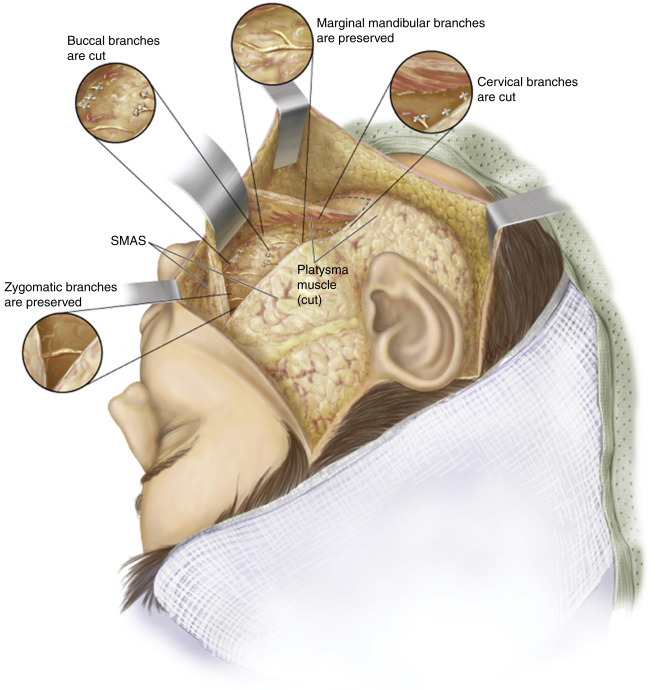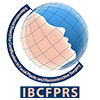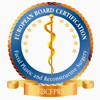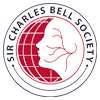Selective neurolysis is a surgical method in which targeted nerves are selectively released or cut to improve nerve function and relieve certain symptoms. This procedure is usually performed to relieve involuntary muscle contractions (spasms), pain, or abnormal nerve function. If you would like to learn more about this treatment method, take a look at our content. In this way, you can have precise and clear information about this surgical method. We wish you all healthy days and good reading.
What Is Selective Neurolysis?
Selective neurolysis is a delicate surgical procedure in which specific nerves are targeted and released or inactivated to regulate nerve function. It is often used to treat involuntary muscle contractions, pinched nerves, chronic pain, or symptoms caused by nerve overactivity. It offers an effective solution, especially in cases such as involuntary movements (synkinesis) after facial paralysis, spasmodic dystonia, and cerebral palsy. During the procedure, the nerves are evaluated in detail under a microscope, and only the problematic nerve branches or segments are treated. Furthermore, this selective approach aims to control involuntary contractions or pain while preserving voluntary movements and the function of surrounding tissues. Moreover, as a minimally invasive method, it has a low risk of damaging surrounding tissues and usually offers a fast recovery. Selective neurolysis is, therefore, a safe and modern treatment option that improves the quality of life for individuals suffering from nerve-related problems.

What Is Selective Neurectomy?
Selective neurectomy is a surgical intervention that alters the function of target muscles or tissues by cutting a specific nerve branch or nerve segment. This method is often used to treat movement disorders caused by involuntary muscle contractions (spasms), painful muscle stiffness, or overstimulation of nerves. The procedure is based on the principle of precisely selecting nerves in a way that preserves voluntary movements and the function of surrounding tissues. For example, in cases such as involuntary facial movements after facial paralysis (synkinesis) or cerebral palsy, selective neurectomy reduces uncontrolled contractions of the muscles, resulting in more natural movements. For this reason, nerve structures are examined under a microscope during surgery, and only the problematic nerve branches are targeted, minimizing the risk of damage to surrounding healthy nerves and tissues.
How Do You Treat Facial Paralysis and Synkinesis With Selective Neurolysis?
Selective neurolysis surgery offers hope to patients with facial muscle dysfunction and facial nerve problems due to facial paralysis and synkinesis. In particular, the preservation of the nerves for smiling and working the facial muscles helps to restore the muscles to their former form. Additionally, selective neurolysis performed on facial paralysis and synkinesis, which greatly affect the nerves, provides facial symmetry. It is an effective method because it prevents involuntary contraction and muscle movement disorder.
While multiple muscles work during a smile, sometimes they can be blocked. Selective neurolysis is a good choice if the corner of the mouth falls down or if the eyelid and face twitch. The doctor will choose the appropriate method according to the muscle disorder and facial nerve problems experienced by the patient.
How Is Selective Dorsal Neurectomy Surgery Performed?
After completing the patient consultation, the doctor sets a surgery date. On the surgery day, the patient must fast because anesthesia is applied on an empty stomach. After anesthesia is administered, the nerves are stimulated with a stimulator for monitoring. If the stimulated nerves match the pre-identified ones, these nerves are cut. Sometimes, connections are added to the severed nerves. Depending on the facial nerve being treated, the doctor completes the surgery within 1 to 3 hours. After the nerves are cut, the incisions are sutured, and the patient is awakened.
Why Is Selective Dorsal Neurotomy Used in the Treatment of Synkinesis?
In patients with synkinesis, some muscles move voluntarily while others show involuntary movements. For example, when smiling muscles are used, eye muscles may contract involuntarily, causing facial or cheek twitching. Coordination problems activating facial nerves are observed. Therefore, since synkinesis causes multiple symptoms, selective dorsal neurotomy can resolve the issue in a single surgery. This approach prevents the patient from undergoing multiple surgeries while also resolving existing coordination issues by mapping the facial nerves. The risk is low, and the doctor’s success rate is high. Simultaneously, smile symmetry, facial symmetry, and facial muscle coordination can be improved.
Why Is Selective Neurolysis Used in the Treatment of Bell's Palsy?
Bell’s palsy is one of the types of temporary facial paralysis. Symptoms of the disease usually improve within approximately three months. However, this recovery process can result in poor facial muscle coordination and limited movements. In some cases, Bell’s palsy symptoms may persist. Selective neurolysis treatment can eliminate these symptoms.
To regain their previous smile and improve facial nerve health, selective neurolysis treatment is the best choice for patients. This treatment allows for a natural smile to be achieved through selective neurolysis therapy.
Everything You Want to Know About Selective Neurolysis and Selective Neurectomy Is Here
Muscle spasms and involuntary facial nerve contractions disturb patients. Although there is curiosity about finding solutions, there may be hesitations regarding selective neurolysis treatment and surgery. Reading answers to frequently asked questions can help resolve your doubts and provide clarity.
Does Selective Neurectomy or Selective Neurolysis Work?
Looking at the success rate among patients, selective neurolysis and selective neurectomy yield positive results. These procedures identify problems using a facial nerve map while redesigning facial nerves. Involuntary muscle contractions during a smile can result in an undesirable appearance. Symptoms such as facial nerve disorders or muscle spasms disrupt daily life. These methods are safe, with a low risk of complications, and allow for a natural smile using advanced technology and equipment. Eye twitches also diminish significantly with this approach.














